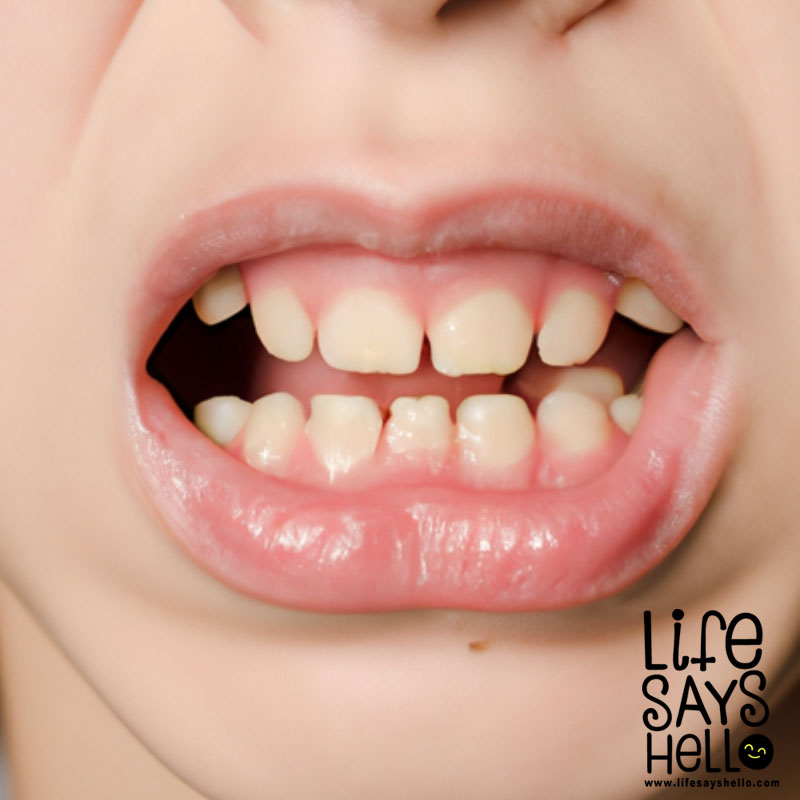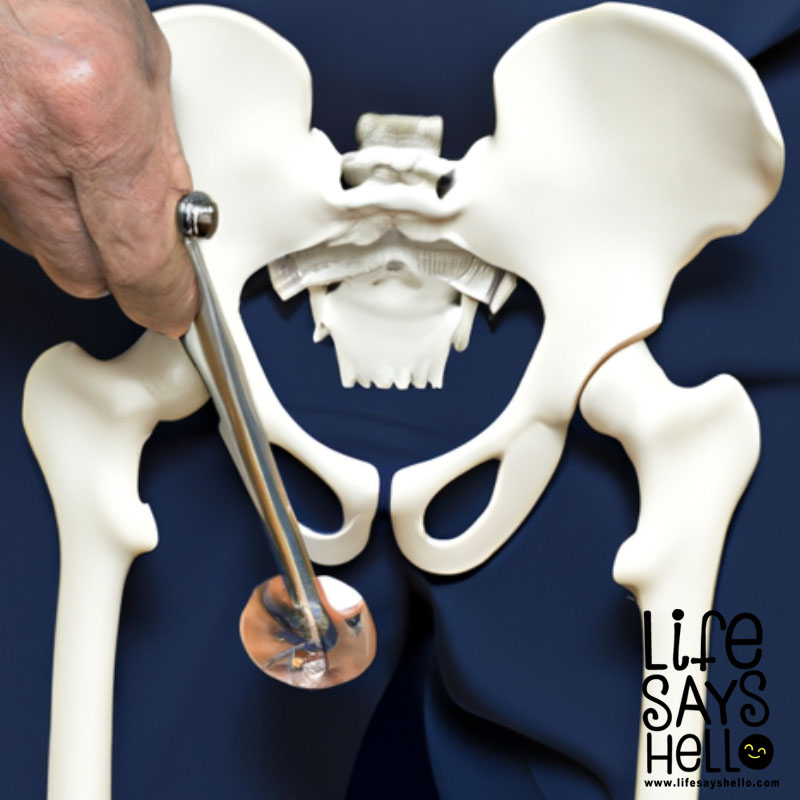Dry Needling and Nerve Damage: What Happens When Dry Needling Hits a Nerve?

*”What is Dry Needling and How Does It Work?”
Dry needling is a form of therapy that involves inserting thin, sterile needles into trigger points, or tight knots of muscle tissue, to relieve pain and tension. It’s similar to acupuncture, but instead of balancing the body’s energy, dry needling targets muscle knots directly.
The needles used in dry needling are very thin, much thinner than the needles doctors use to draw blood or give injections. They’re also solid, unlike acupuncture needles, which are usually hollow. This makes dry needling a more precise technique, since the therapist can control exactly where the needle goes.
What Happens When Dry Needling Hits a Nerve?
Unfortunately, even with the best intentions and the most skilled therapist, it’s possible for a needle to hit a nerve during a dry needling session. This can cause pain, numbness, tingling, and even muscle weakness in the affected area.
When a needle hits a nerve, it can cause the nerve to send signals to the brain that something is wrong. These signals can be interpreted as pain or other sensations, depending on the type of nerve and where it’s located. If the nerve is only lightly damaged, the pain and other symptoms may go away on their own as the nerve heals. But if the damage is more severe, it may require medical attention.
How Common is Nerve Damage from Dry Needling?
While nerve damage is a rare complication of dry needling, it can and does happen. According to a study published in the Journal of Orthopaedic & Sports Physical Therapy, the incidence of needle-related complications in dry needling was estimated to be around 24 per 10,000 treatments.
It’s worth noting that the risk of nerve damage increases if the therapist is not properly trained or if they use the wrong technique. That’s why it’s important to choose a therapist who is licensed, experienced, and knowledgeable in dry needling techniques.
What Should I Do if I Think Dry Needling Has Caused Nerve Damage?
If you experience any unusual symptoms during or after a dry needling session, such as pain, numbness, tingling, or muscle weakness, it’s important to seek medical advice right away. Your doctor may recommend imaging tests, such as an MRI or nerve conduction study, to determine the extent of the damage.
In some cases, nerve damage from dry needling may require medical treatment, such as medication, physical therapy, or even surgery. But in many cases, the symptoms will go away on their own as the nerve heals.
How Can I Reduce My Risk of Nerve Damage During Dry Needling?
There are several things you can do to reduce your risk of nerve damage during a dry needling session:
- Choose a licensed, experienced, and knowledgeable therapist who uses sterile, single-use needles.
- Communicate openly with your therapist about any discomfort you’re feeling during the session.
- Stay relaxed and breathe deeply during the session to help your muscles relax as well.
- Be patient and follow your therapist’s instructions for aftercare, such as icing the affected area and avoiding strenuous activity for a period of time.
In Conclusion:
Dry needling is a powerful technique for relieving pain and tension, but it does carry some risk of complications. Nerve damage is a rare but serious complication that can occur if a needle hits a nerve during a session.
By choosing a qualified therapist, communicating openly, and following proper aftercare instructions, you can reduce your risk of nerve damage and enjoy the benefits of dry needling safely and effectively.




Comments